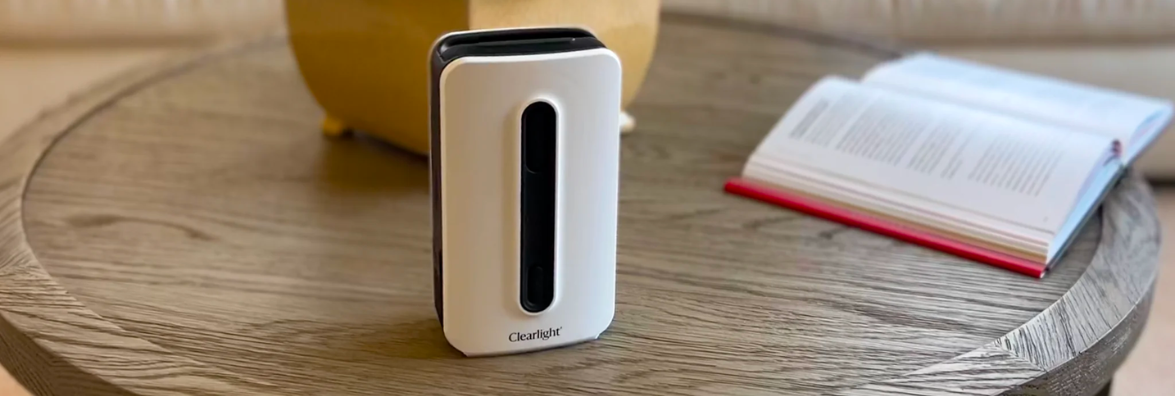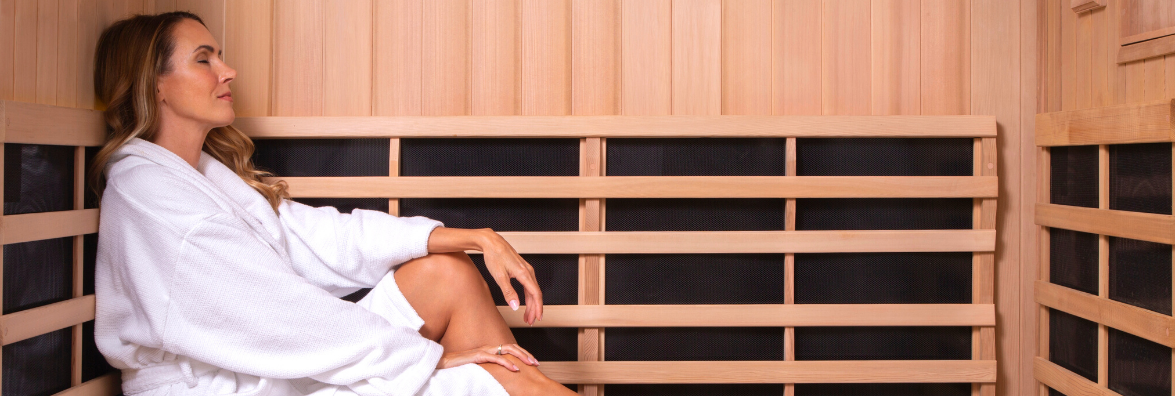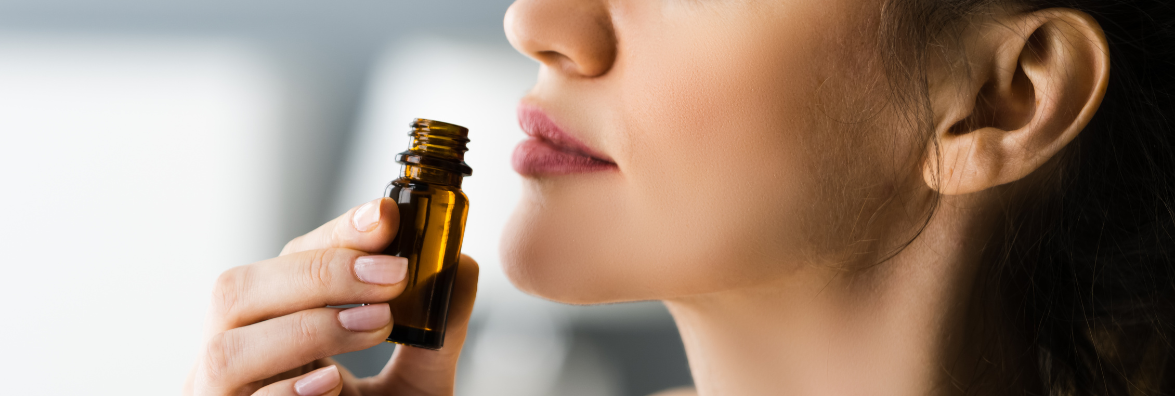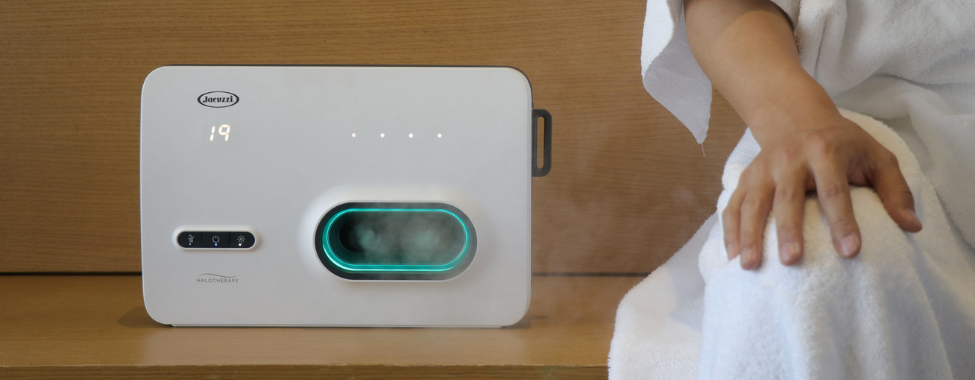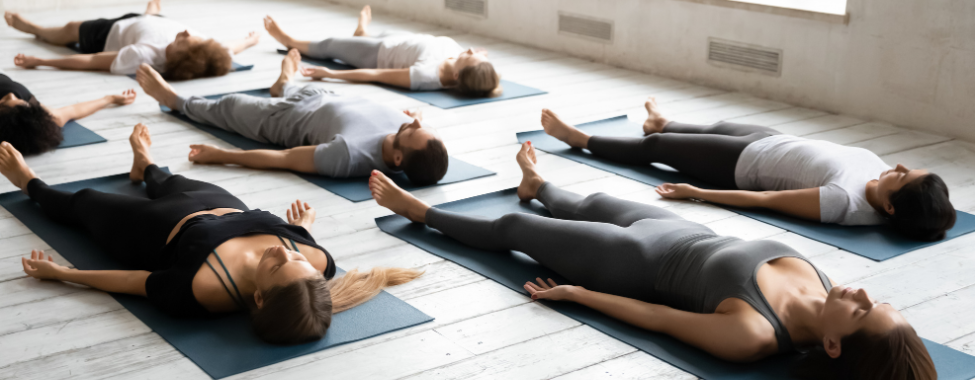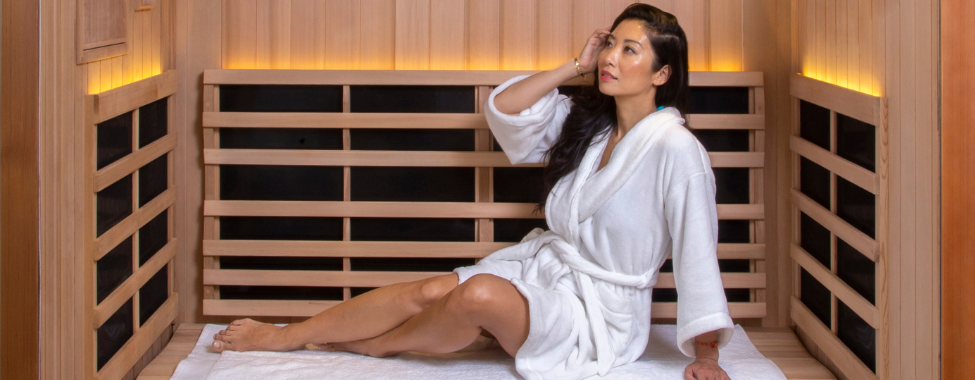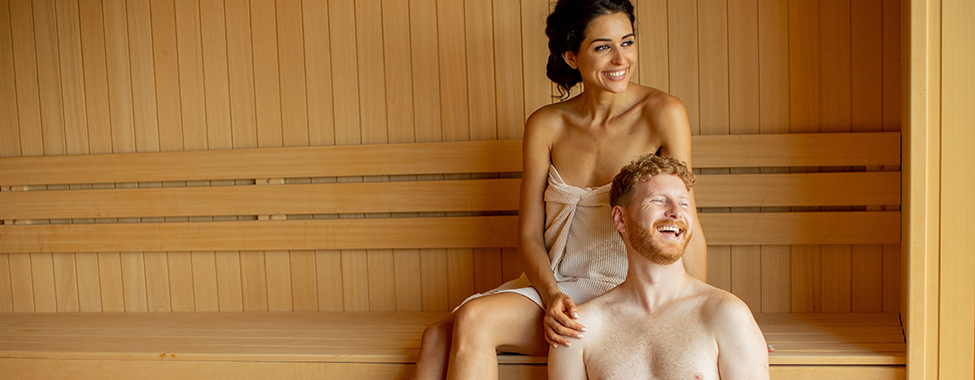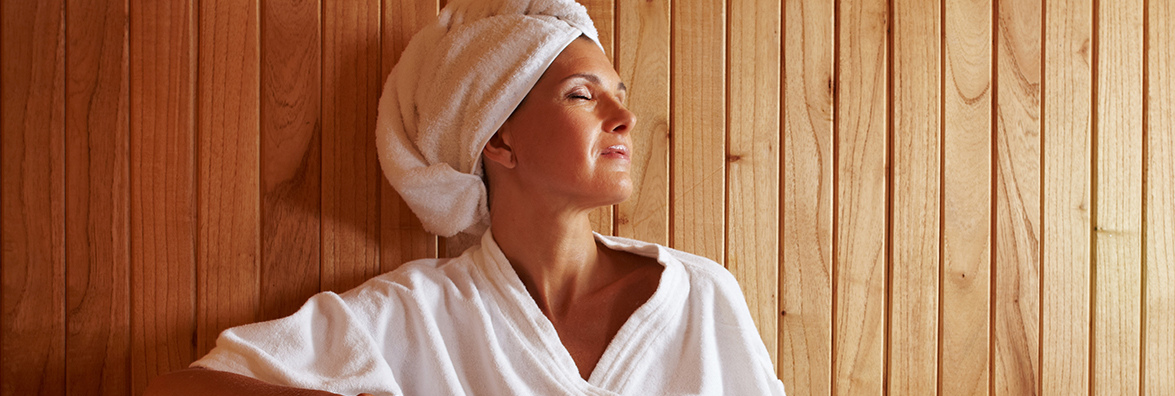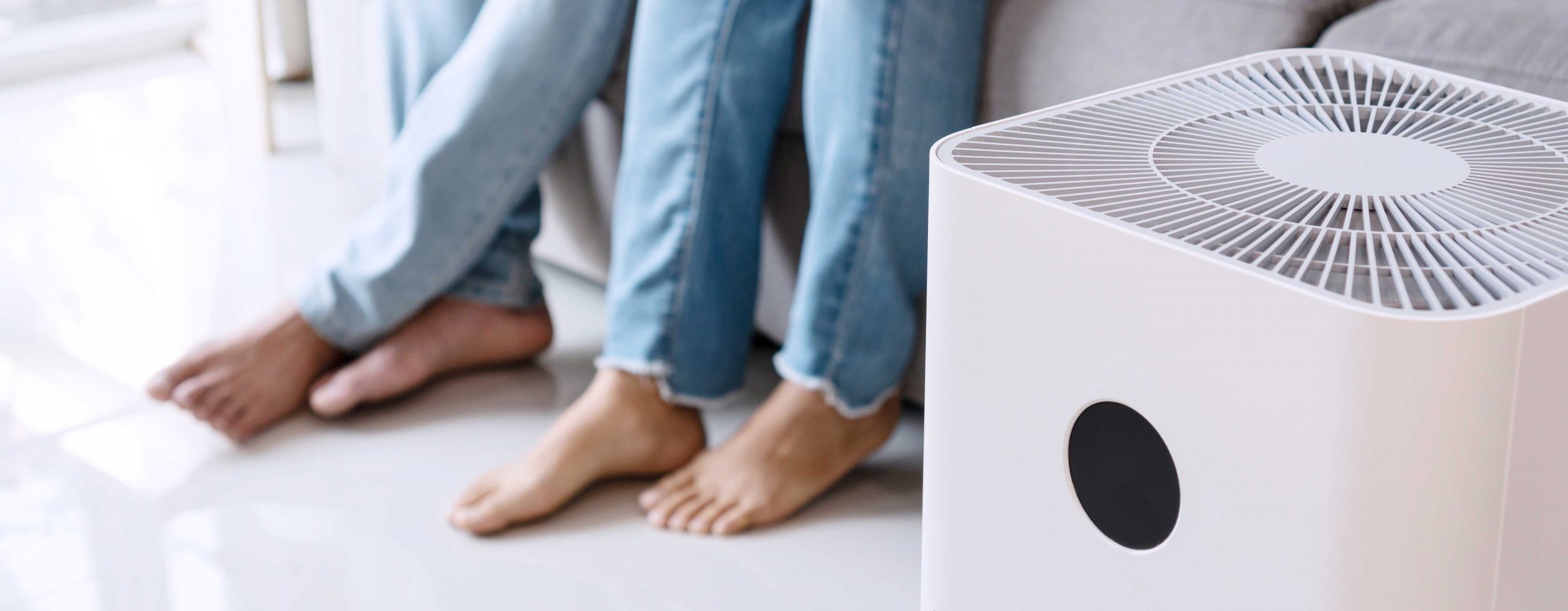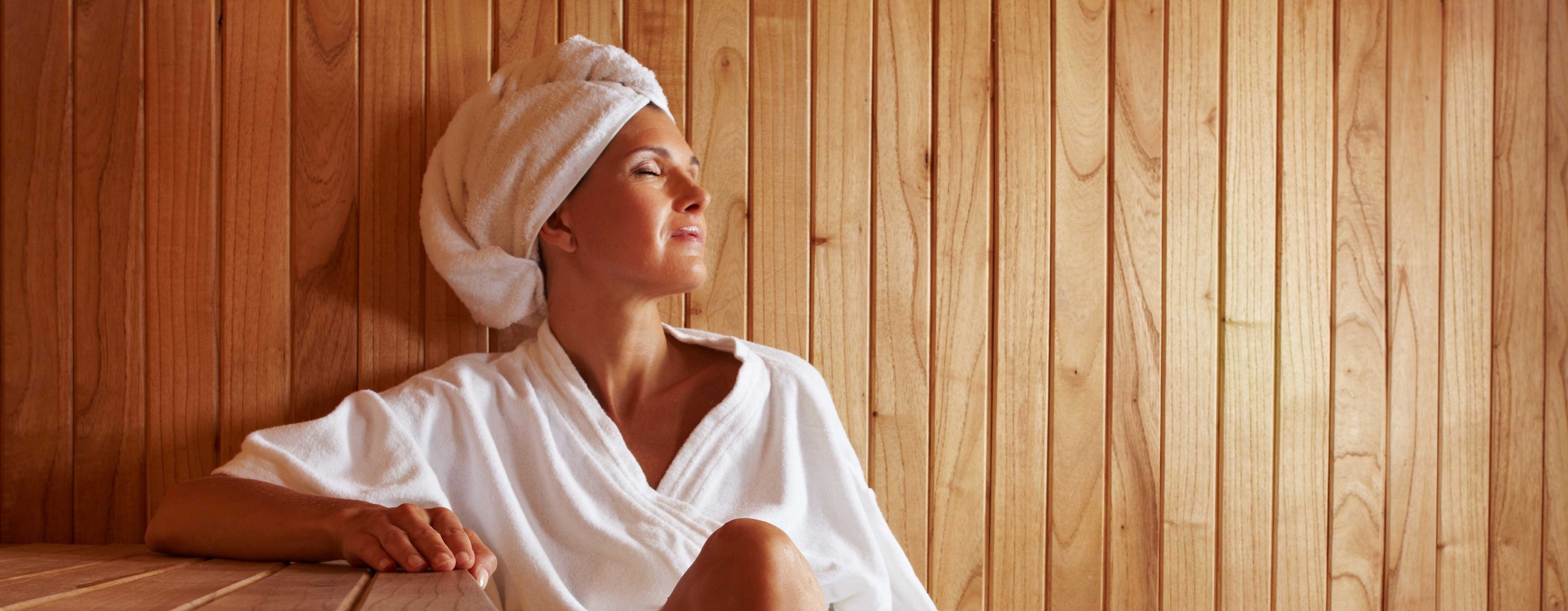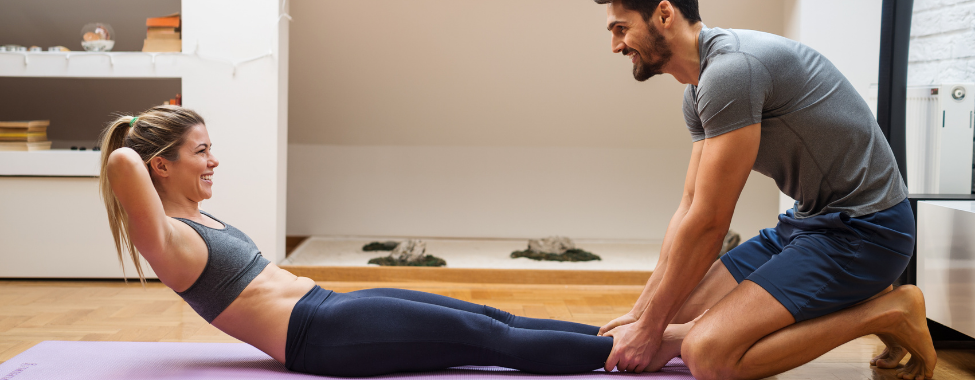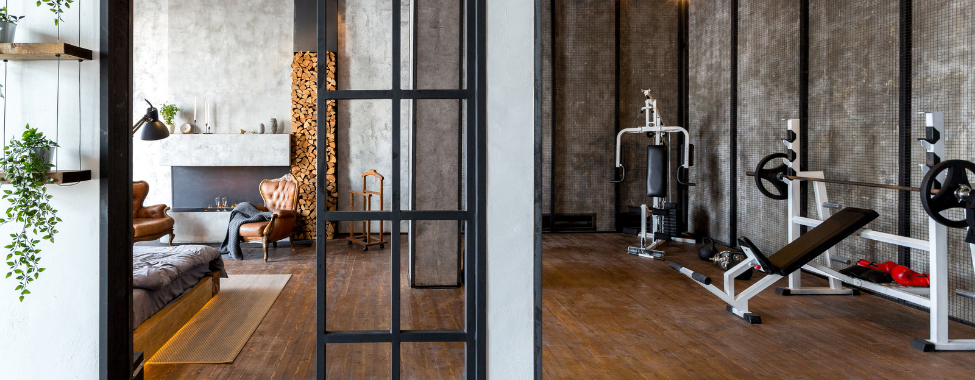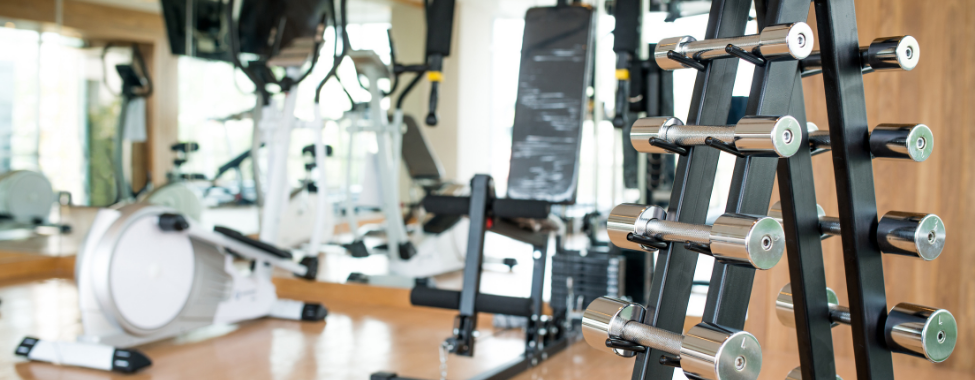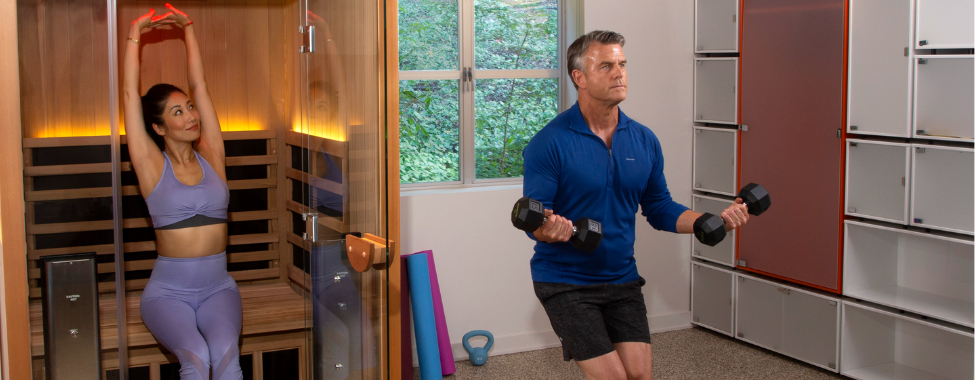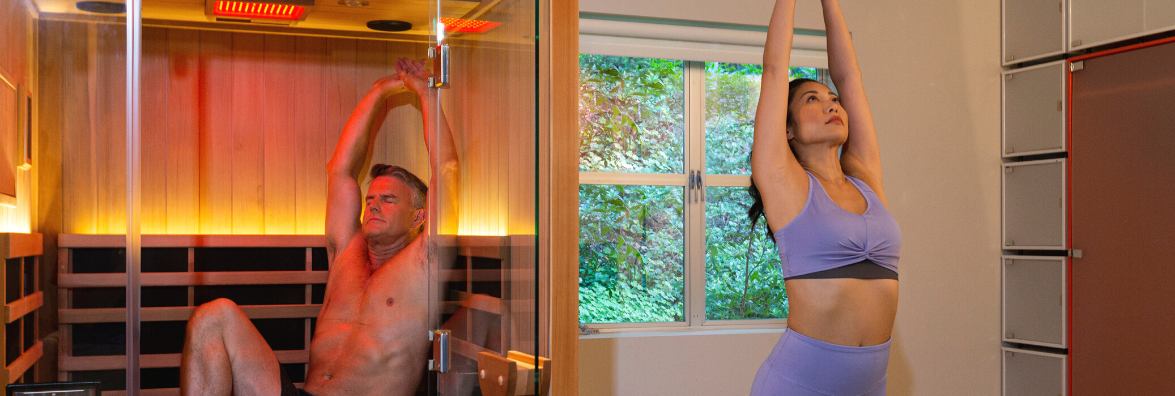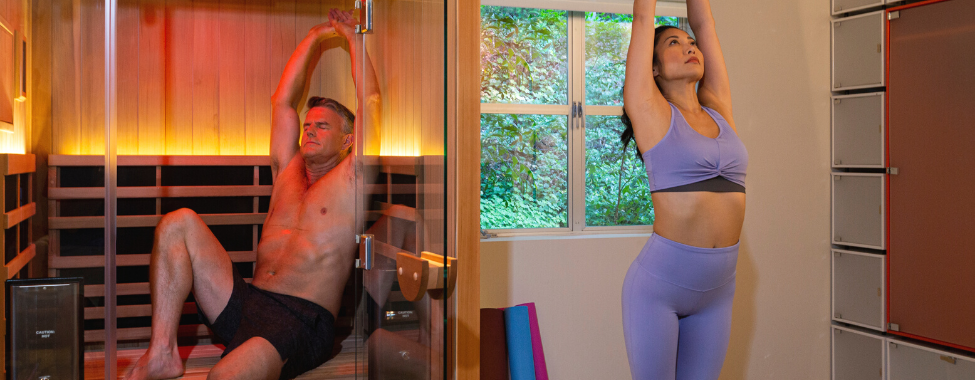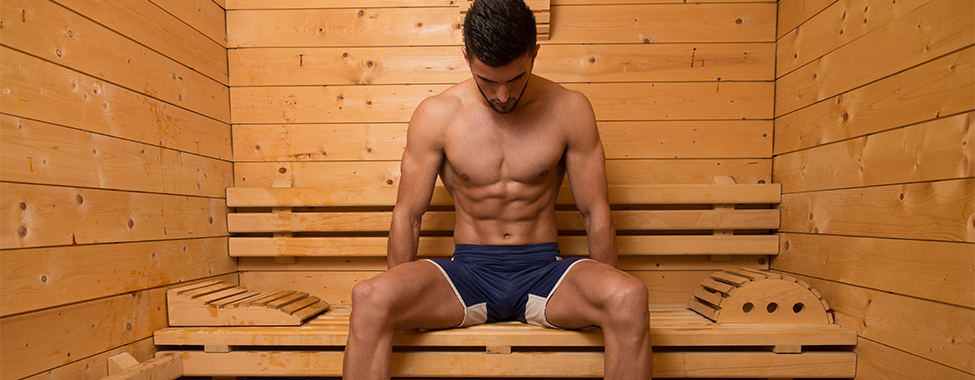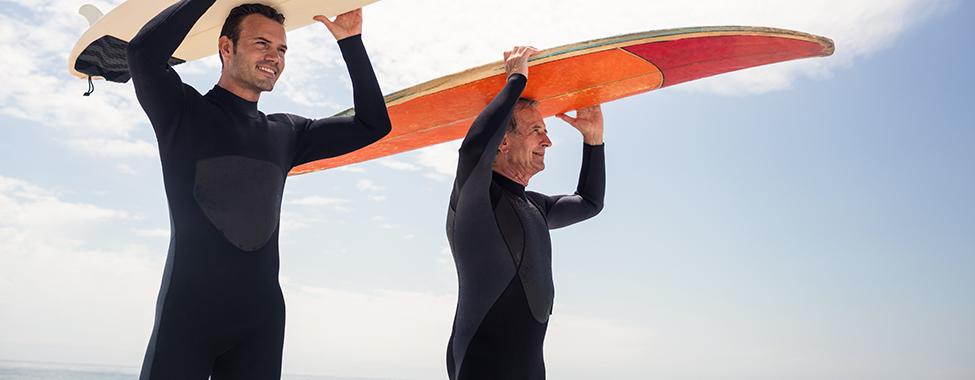In the fast-paced rhythm of modern life, finding moments of tranquility and prioritizing personal well-being can be challenging. While spas offer an escape, the desire for a portable oasis that travels with you has given rise to a new era in health and wellness. Imagine setting up your own serene haven wherever you go, seamlessly integrating self-care into your daily routine.
From the calming embrace of portable aromatherapy diffusers and the rejuvenating glow of personal red light devices to the revitalizing touch of salt therapy diffusers and the cleanliness assurance from UV disinfectant wands, there are many ways to enjoy elevated health from the comfort of wherever you are. Read on to explore how you can elevate your health on the go and discover the latest in portable health and wellness devices, empowering you to curate your oasis anytime, anywhere.
Personal Red Light Device
Red light therapy employs specific red and near-infrared light wavelengths to help enhance cellular energy production, supporting tissue repair, muscle recovery, and improved skin health. It also influences circulatory processes, boosting blood flow and oxygenation for accelerated healing and enhanced physical performance. Additionally, red light therapy has promising implications for mental well-being. In essence, this non-invasive therapy delivers comprehensive health benefits for both the body and mind.
Portable red light devices exhibit distinctive features tailored for effective on-the-go therapy. These devices prioritize compactness, allowing users to seamlessly integrate red light therapy into their daily routines at home, on your desk in the office, or packed in your suitcase while traveling. Additionally, their small size allow you to cater to specific health concerns, offering versatility in targeting issues such as skin rejuvenation and muscle recovery.
Powered by Clearlight’s exclusive Variable Optics™ technology, the Clearlight red light range brings LED therapy to the next level. The PERSONAL Tower, measuring 13.5″ tall, is a portable device designed for targeted therapy on specific areas and comprehensive whole-body treatment. Its adaptability makes it suitable for on-the-go use, enabling users to focus on specific areas requiring attention, from the face for taking your skincare routine on the road, to hands, feet, arms, or any smaller region necessitating spot treatment. This transformative design ensures maximum healing benefits in record time, offering a versatile and efficient red light therapy experience.
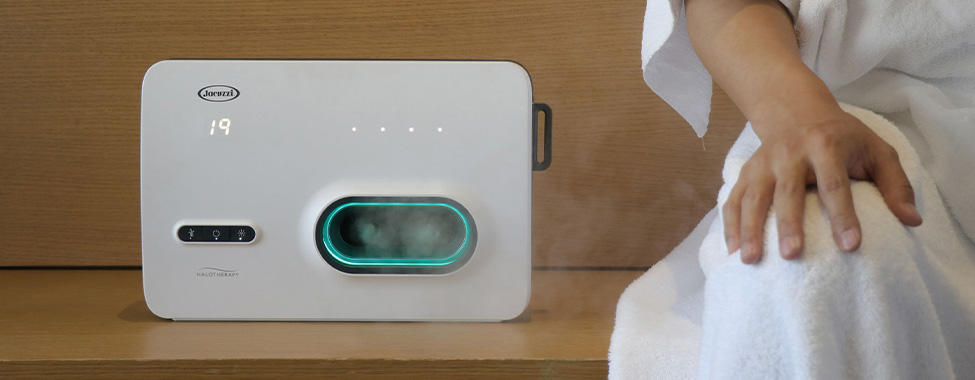
Compact Salt Therapy Device
Halotherapy, an ancient practice with roots in the healing properties of natural salt caves, has evolved into a contemporary wellness solution. Also known as salt therapy, this practice involves creating a microclimate saturated with salt particles to mimic the beneficial conditions found in salt caves. The inhalation of these salt particles is believed to offer a range of health benefits, making salt therapy a sought-after solution for respiratory and skin conditions.
Portable salt therapy diffusers bring the advantages of halotherapy to a new level of accessibility. These devices allow individuals to experience the therapeutic benefits of salt therapy conveniently, without the need for specialized facilities. The benefits include promoting lung health, alleviating respiratory ailments, improving skin conditions, and creating a more balanced living and working space.
A notable halotherapy device is the HALO ONE® portable diffuser, which leverages advanced, patented technology to construct a microclimate saturated with a high concentration of salt particles. This innovative design empowers individuals to effortlessly tap into the essential benefits of halotherapy wherever they are. The HALO ONE system distinguishes itself with its compact and user-friendly design, making it an ideal companion for those searching for the therapeutic advantages of on-demand salt therapy. Furthermore, the device operates on a rechargeable battery, elevating its portability and ensuring accessibility for users on the move.
UV Disinfecting Wand
Germs and bacteria are everywhere, so keeping our surroundings healthy and safe is crucial. Traditional sanitizing methods like gels, sprays, and wipes may fall short because many germs resist heat, cold, and drugs. However, they aren’t resistant to Ultraviolet light (UV). UV exposure can rupture the cell walls of pathogens, disrupting cell reproduction and potentially causing the death of the organism. For a disinfected environment, it’s not necessary to kill the pathogens- you just need to apply enough UV light to prevent the organism from replicating.
That’s where portable UV disinfectant wands come in handy to help fight against germs and bacteria. Easy to use and designed for convenience, these wands help you keep things clean and safe, especially when you’re out and about. They’re like your personal cleanliness assistants, making it simple for everyone to stay healthy in our busy world. These devices, designed for convenience, enable users to disinfect surfaces efficiently, enhancing hygiene and safety during travel.
The Clearlight UV Disinfectant Wand sets itself apart by incorporating Mixed Wave™ Technology, seamlessly blending UVC and UVA. Crafted with precision and durability in mind, this doctor-designed wand is mercury-free, glass-free, and built to withstand the test of time. The Clearlight UV Wand damages the DNA and RNA in bacteria and viruses, rendering them harmless. Leveraging high-powered LEDs, this wand facilitates disinfection up to 10 times faster than most fluorescent UV devices and boasts up to 2 times the power of other LED UV devices.
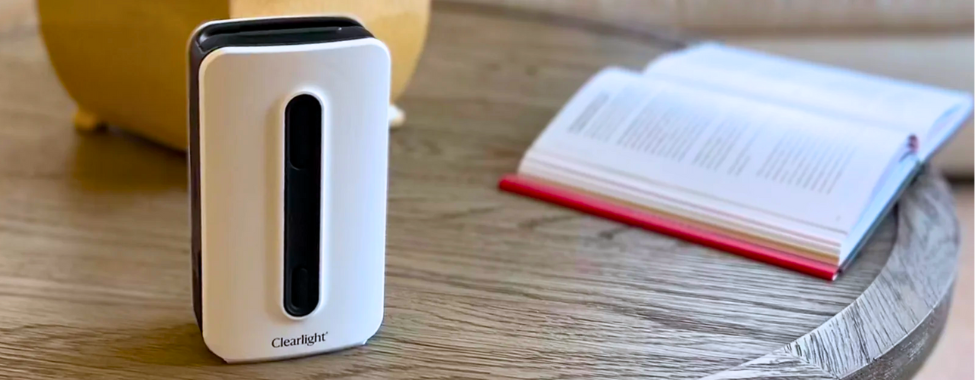
Portable Aromatherapy Diffuser
Aromatherapy, which engages the sense of smell, has proven to be a potent tool for relaxation, stress reduction, and overall health promotion. Enter portable aromatherapy diffusers, representing a revolutionary approach to experiencing the benefits of aromatherapy on the go. These compact devices have become indispensable companions for individuals seeking moments of tranquility amidst their busy and demanding schedules.
Incorporating aromatherapy into daily routines has never been more convenient, thanks to these portable diffusers. Whether at home, in the office, or traveling, these devices offer a seamless way to infuse your surroundings with the healing scents of essential oils. Enjoy the transformative power of scent, allowing you to elevate your mood and well-being wherever life takes you.
A standout in the realm of portable aromatherapy is the AROMA ONE®, a device designed to assist the body and mind in unwinding. Employing ultrasonic, high-frequency technology, the AROMA ONE aromatherapy diffuser converts water and essential oils into a fine mist, dispersing it gently into the air. This wellness solution is not only small and portable but also versatile, running from any electrical outlet or operating with a battery. The AROMA ONE has the unique capability of making any space feel refreshed and revitalized. Whether you’re in a sauna, at home, or on the move, this device is tailored to deliver wellness benefits wherever life may lead.
Mobile Meditation and Relaxation Apps
In understanding the crucial role of meditation and relaxation in fostering overall health, it becomes evident that these practices extend beyond stress reduction. They actively contribute to mental clarity, emotional balance, and improved focus, making them integral components of a comprehensive approach to well-being.
As we navigate the digital age, mobile meditation apps emerge as valuable tools for seamlessly incorporating mindfulness practices into our daily lives. These apps offer convenience and flexibility, empowering users to take their wellness journey at their own pace. From a multitude of guided meditation sessions catering to different needs, led by experienced instructors, to stress-relief exercises encompassing diverse techniques like breathing exercises and progressive muscle relaxation, these apps provide a rich array of tools to manage and alleviate stress.
To establish a portable meditation routine, designate a specific time for your practice – whether in the morning, during lunch breaks, or before bedtime – and prioritize consistency to build a routine. Leverage the features offered by the app, such as customizable session lengths and diverse meditation styles, to tailor your routine to your specific needs. Whether you find yourself at home, commuting, or traveling, a portable meditation routine can offer a consistent source of calm and balance amidst life’s various demands.

Wearable Fitness and Wellness Trackers
Understanding and actively monitoring health and fitness is vital for a healthier lifestyle. In the world of portable fitness and wellness trackers, two main categories stand out. Wearable devices, worn on the body, offer real-time data on health metrics, empowering users to engage actively in their well-being. Smartwatches, combining traditional timekeeping with advanced health features, provide a holistic approach to wellness by seamlessly integrating communication and other smart functionalities.
When considering portable fitness trackers, key features include heart rate monitoring for optimizing workouts, sleep tracking for improving sleep patterns, and activity tracking to encourage awareness and goal-setting for physical activity.
To integrate tracking devices into a mobile health routine, users should choose a device aligned with their health goals and preferences. The companion mobile app becomes essential, providing a seamless experience by syncing data and offering detailed insights. Regularly reviewing tracked metrics empowers individuals to make informed decisions about fitness routines, sleep patterns, and overall well-being, fostering a proactive and engaged approach to health maintenance.
Building Your DIY Portable Health Kit
There are many portable health and wellness tools that can transform any space into your personal sanctuary. From aromatherapy diffusers to UV disinfectant wands, and fitness trackers to meditation apps, there is an array of options to elevate your well-being on the go. Consider curating your personalized health and wellness kit tailored to your needs. Select devices that align with your lifestyle, whether it’s fostering relaxation, enhancing fitness, or ensuring cleanliness. Your DIY portable health kit is a testament to your commitment to prioritizing health amidst life’s demands.
Amid busy schedules, it’s essential to prioritize health on the go. Incorporating these tools into a consistent routine, be it a brief meditation, a fitness check-in, or a moment for hygiene, contributes to a healthier and more balanced life. Small habits can lead to significant improvements in well-being. Creating a personal health sanctuary isn’t confined to specific places – it’s about infusing wellness into every aspect of your life.
 Canada
Canada Australia
Australia New Zealand
New Zealand Germany
Germany UK
UK EU
EU Ireland
Ireland Malaysia
Malaysia China
China
